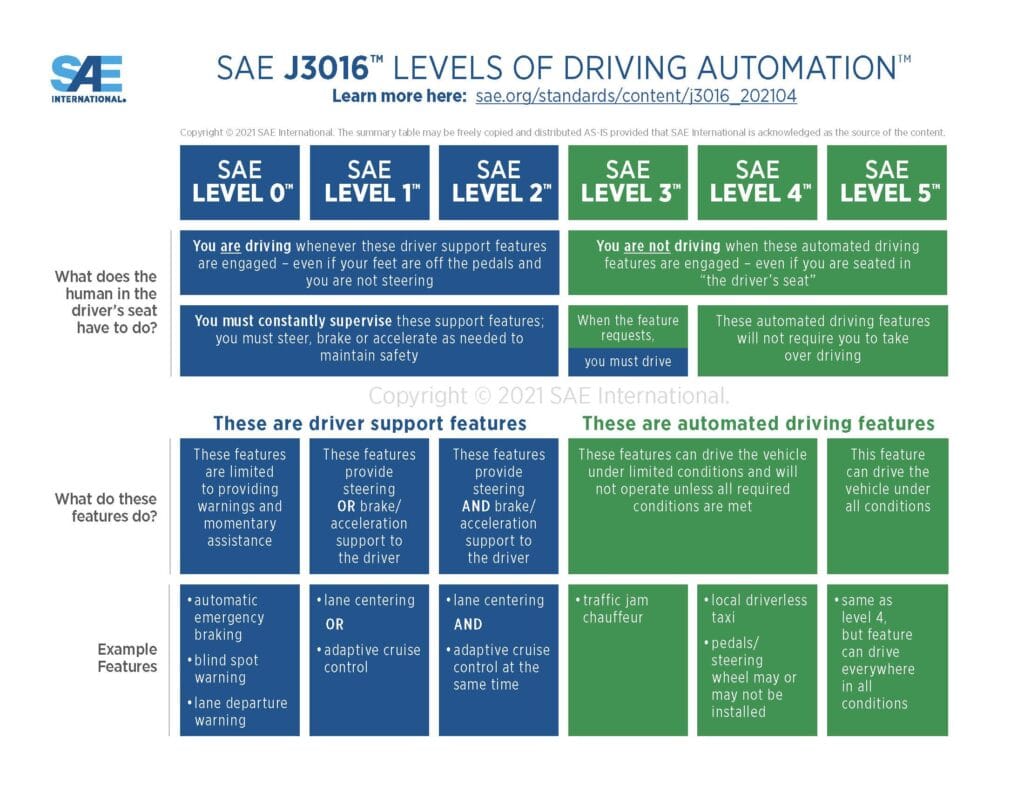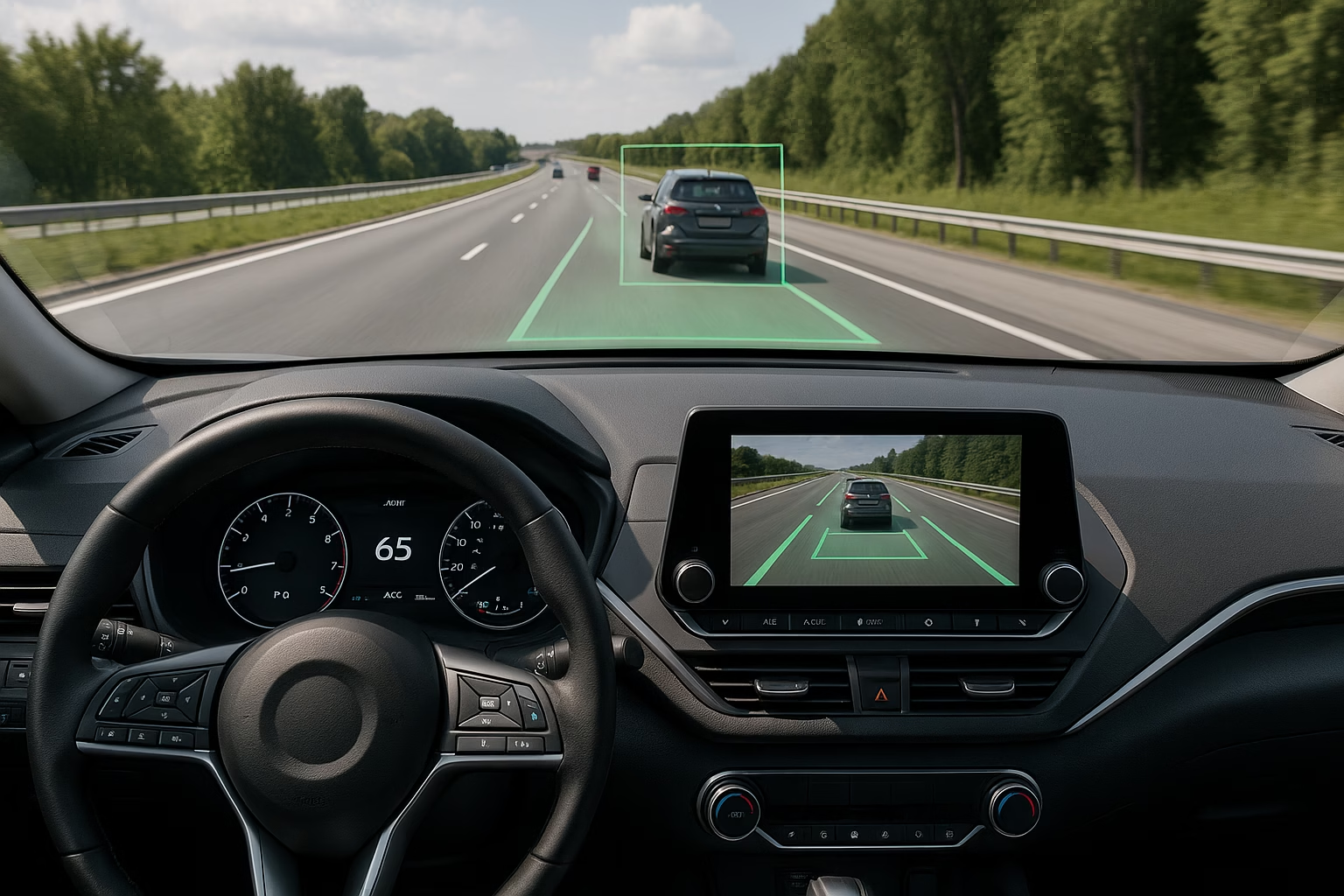If your car has ever steered itself back into the lane or hit the brakes without you touching the pedal, you have already experienced ADAS in action.
This guide will help you understand what is ADAS, why it exists, and how it can make driving safer and less stressful without taking away your control.
What Does ADAS Stand For?
ADAS stands for Advanced Driver Assistance Systems. It is an umbrella term for all the technology in your car that is designed to help you:
- Stay safe
- Reduce fatigue
- Avoid common crashes
- Drive more smoothly in traffic
Some features give you warnings. Others can step in and take limited control if needed. The goal is not to replace the driver but to support them.
Common ADAS Features You Might Have
Modern vehicles come with a range of ADAS features. Here are some of the most common:
- Lane Keep Assist – Helps steer you back if you drift out of your lane
- Adaptive Cruise Control – Maintains a safe distance from the car ahead
- Autonomous Emergency Braking (AEB) – Brakes automatically if a collision is likely
- Blind Spot Monitoring – Alerts you if a vehicle is in your blind spot
- Rear Cross Traffic Alert – Warns you of traffic when reversing
- Traffic Sign Recognition – Displays the speed limit and other signs on your dash
These features vary from brand to brand, but they all aim to reduce risk and improve driver awareness.
Do You Still Need to Be in Control?
Yes. ADAS features are designed to assist, not replace, the driver. You still need to:
- Keep your hands on the wheel
- Pay attention to the road
- Use good judgment in traffic
If you rely too much on the tech, you may react slower when it matters most. Think of ADAS as a backup, not a shortcut.
Will It Work All the Time?
No system is perfect. ADAS features depend on:
- Clean cameras and sensors
- Good visibility and road markings
- Accurate sensor alignment
If you just had a windscreen replaced, a bumper repair, or a wheel alignment, some features might stop working until the system is recalibrated.
You may also get false alerts in heavy rain, poor lighting, or stop-start traffic.
Why Calibration Matters
Most drivers never think about calibration, but it is one of the most important parts of keeping ADAS working properly. Cameras, radars and sensors are mounted with millimetre accuracy. Even a small bump, a new windscreen, or a wheel alignment can throw these sensors slightly off target. If that happens, your car might not “see” the road correctly and the system could react too late or not at all.
Industry research shows that a forward camera misaligned by less than one degree can cut an emergency braking system’s reaction time in half. That difference could turn a near miss into a collision. This is why many manufacturers require calibration after common repairs like windscreen replacement, bumper work, or suspension adjustments.
Calibration is not only for crash repairs. Over time, vibrations, potholes, or even normal wear can slowly shift sensors. Some experts recommend having ADAS checked as part of regular servicing, the same way you would a wheel alignment. If you notice warning lights, false alerts, or ADAS features behaving oddly, that is a sign it may be time for a check.
For everyday drivers, the takeaway is simple: if your car has had repairs, or if the technology does not seem to be working as it should, ask your workshop whether calibration is required. Treat it as essential maintenance, not an optional extra. Proper calibration keeps ADAS accurate, reliable, and ready to help when you need it most.
Final Tip
ADAS is not something to be feared or ignored. It is worth getting to know what your car can do and what it cannot.
The more you understand how these features behave, the more confidently and safely you can use them.
For more plain‑English guides and FAQs, explore our Driver’s Lounge.

Click here to learn more about SAE J3016 Levels of Driving Automation.

Hiran Alwis is an automotive lecturer and ADAS specialist with over 15 years of experience in diagnostics, advanced safety systems, and technical training. He founded ADAS Project to help everyday drivers and workshop technicians understand and safely use advanced driver assistance systems.
